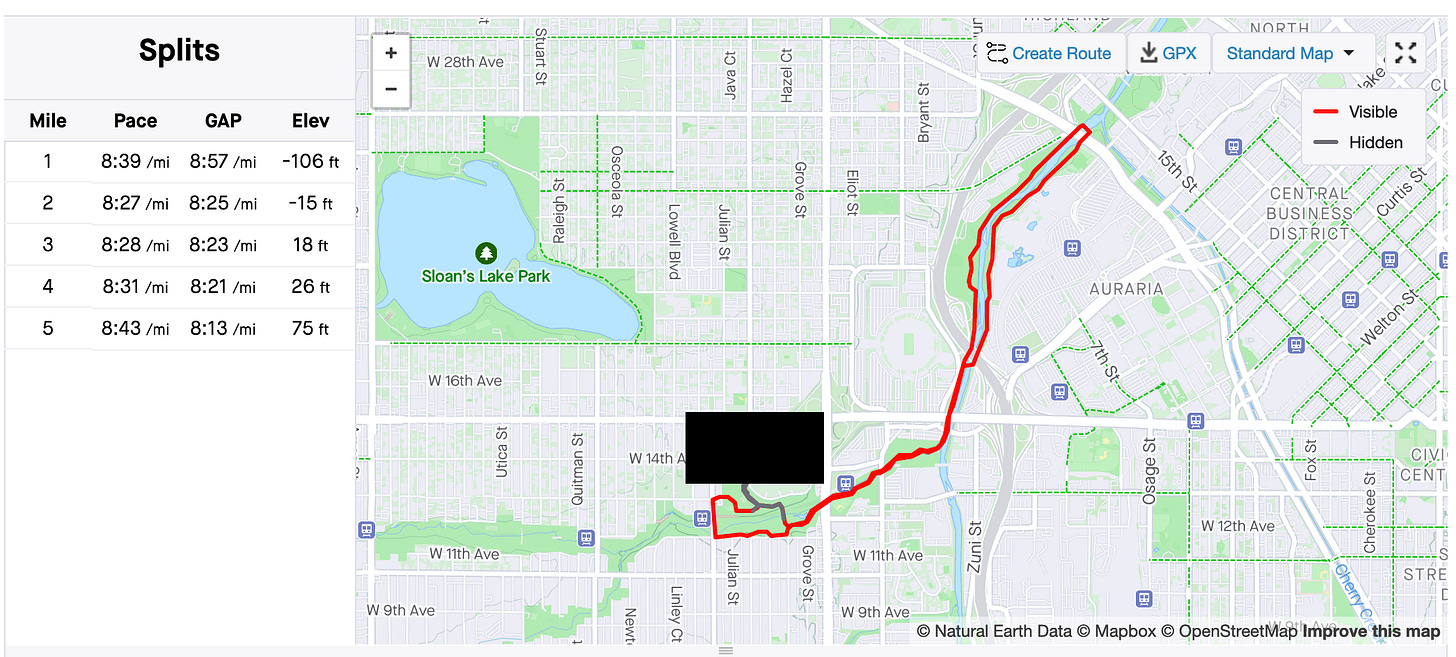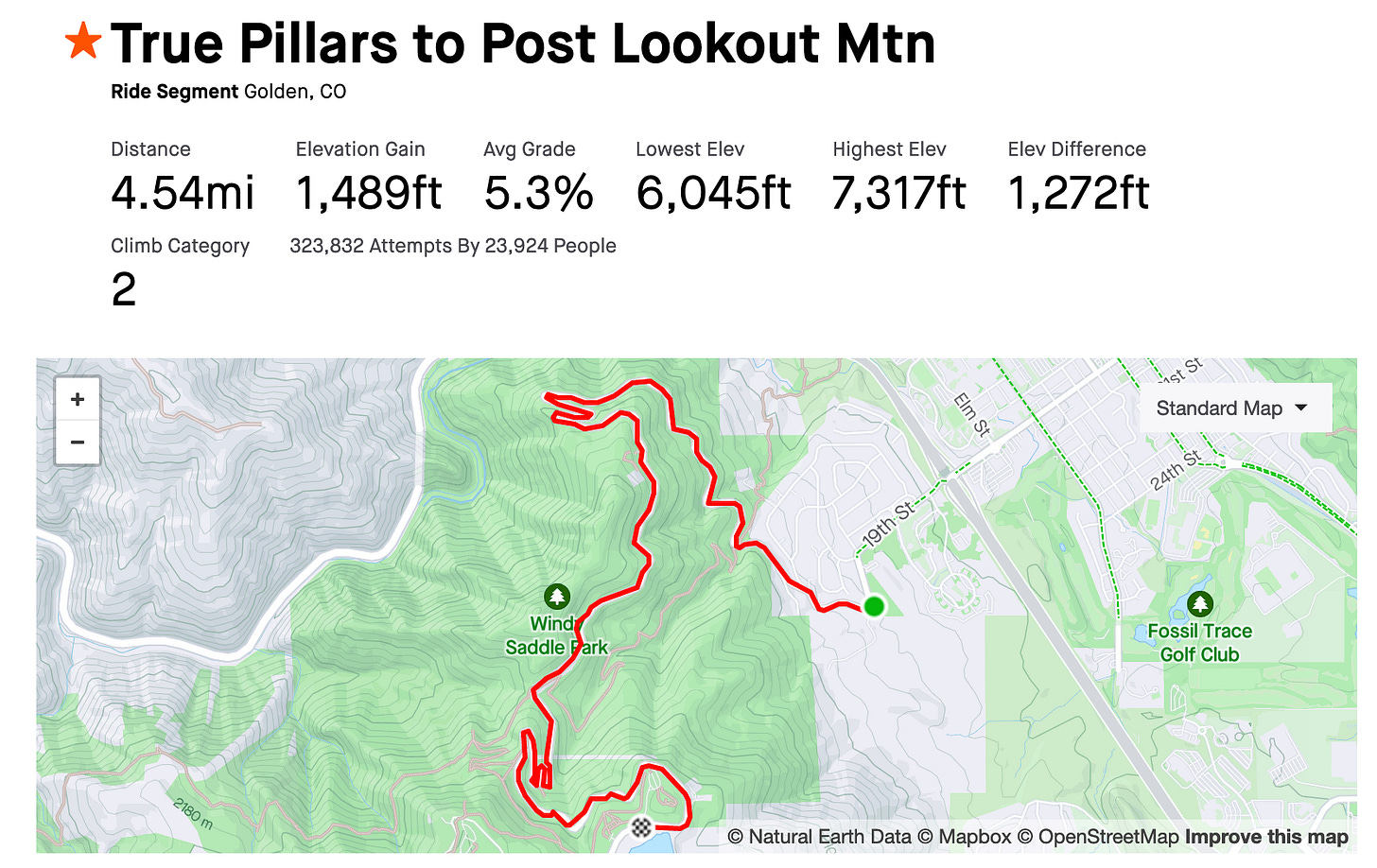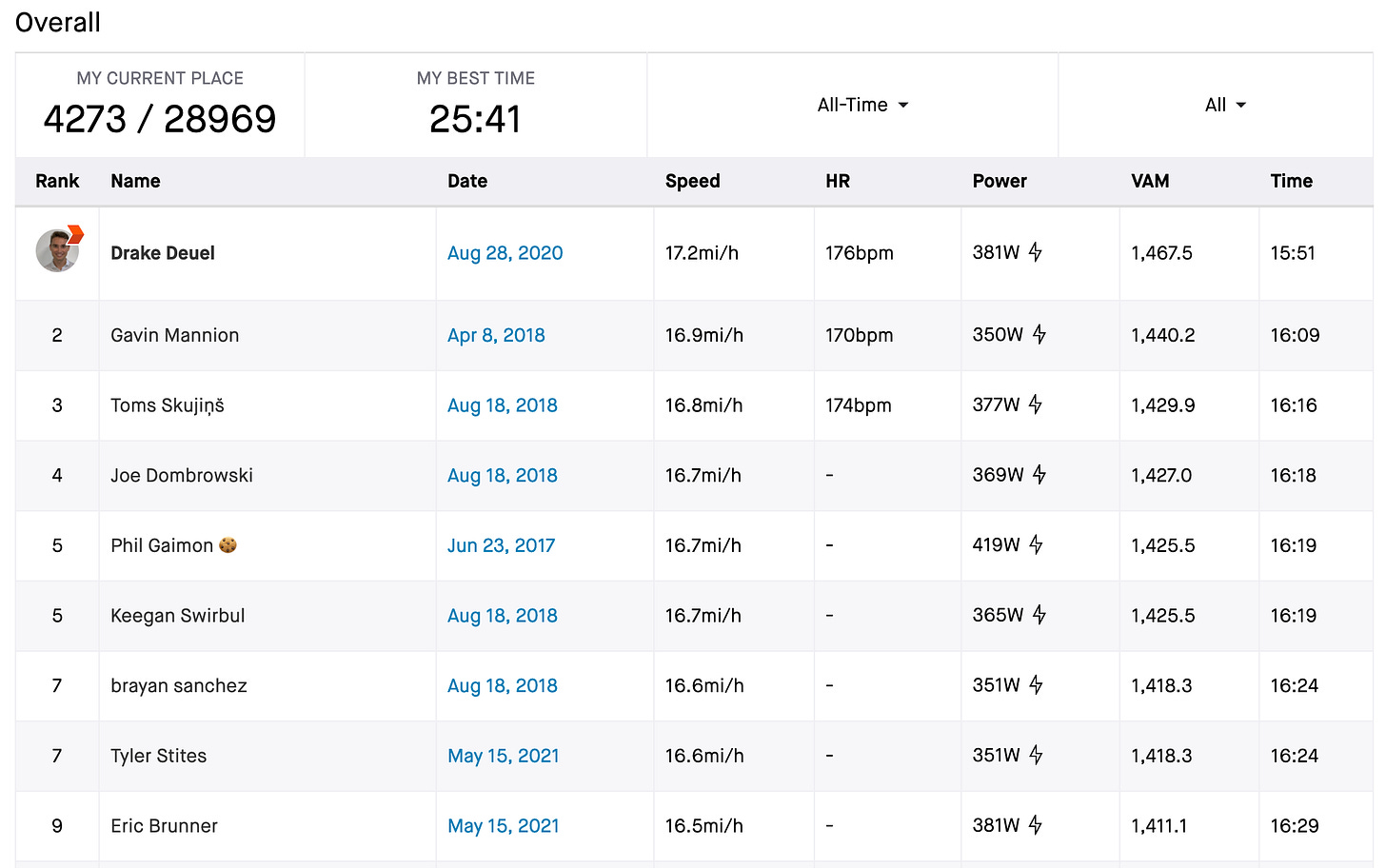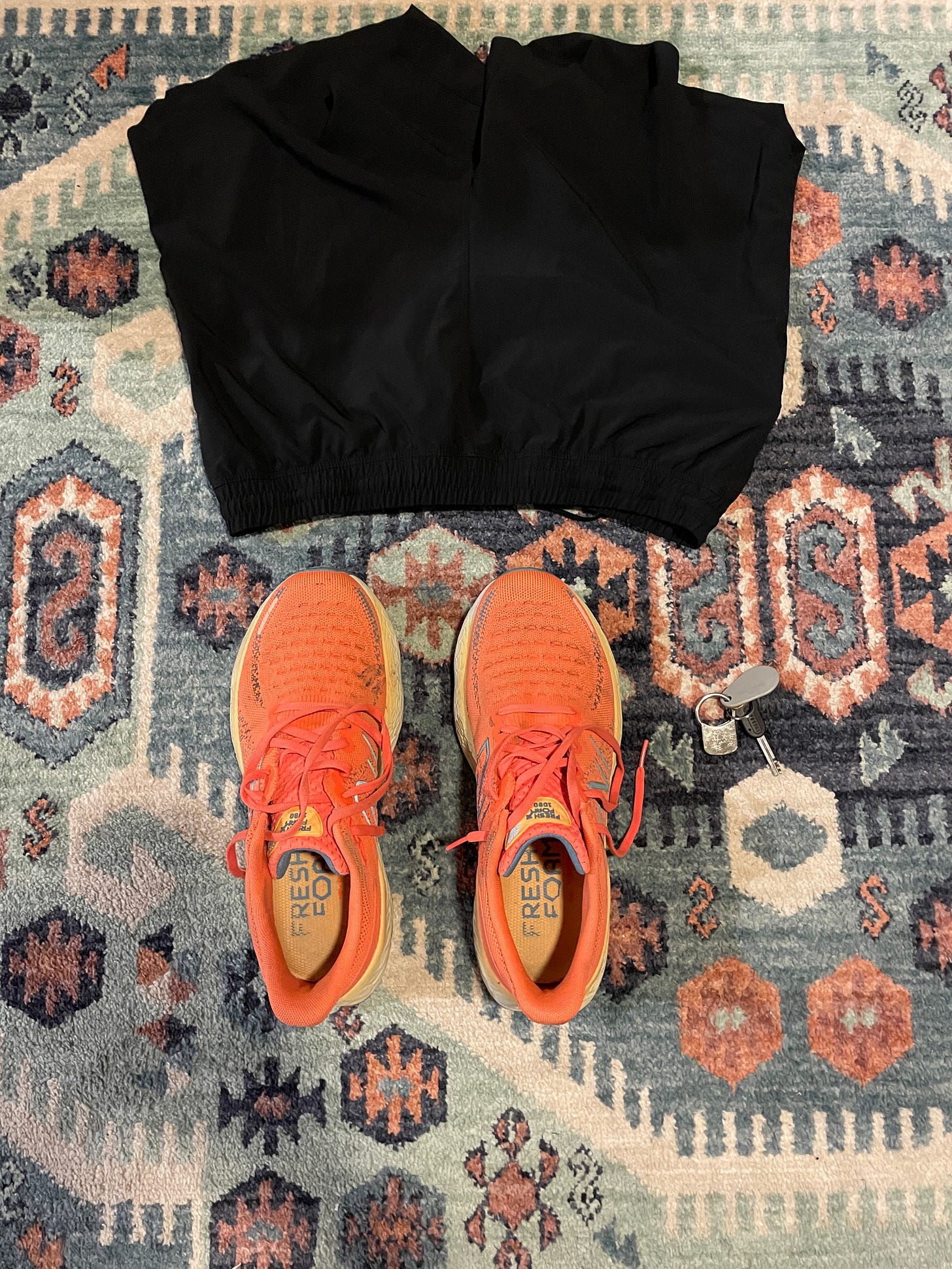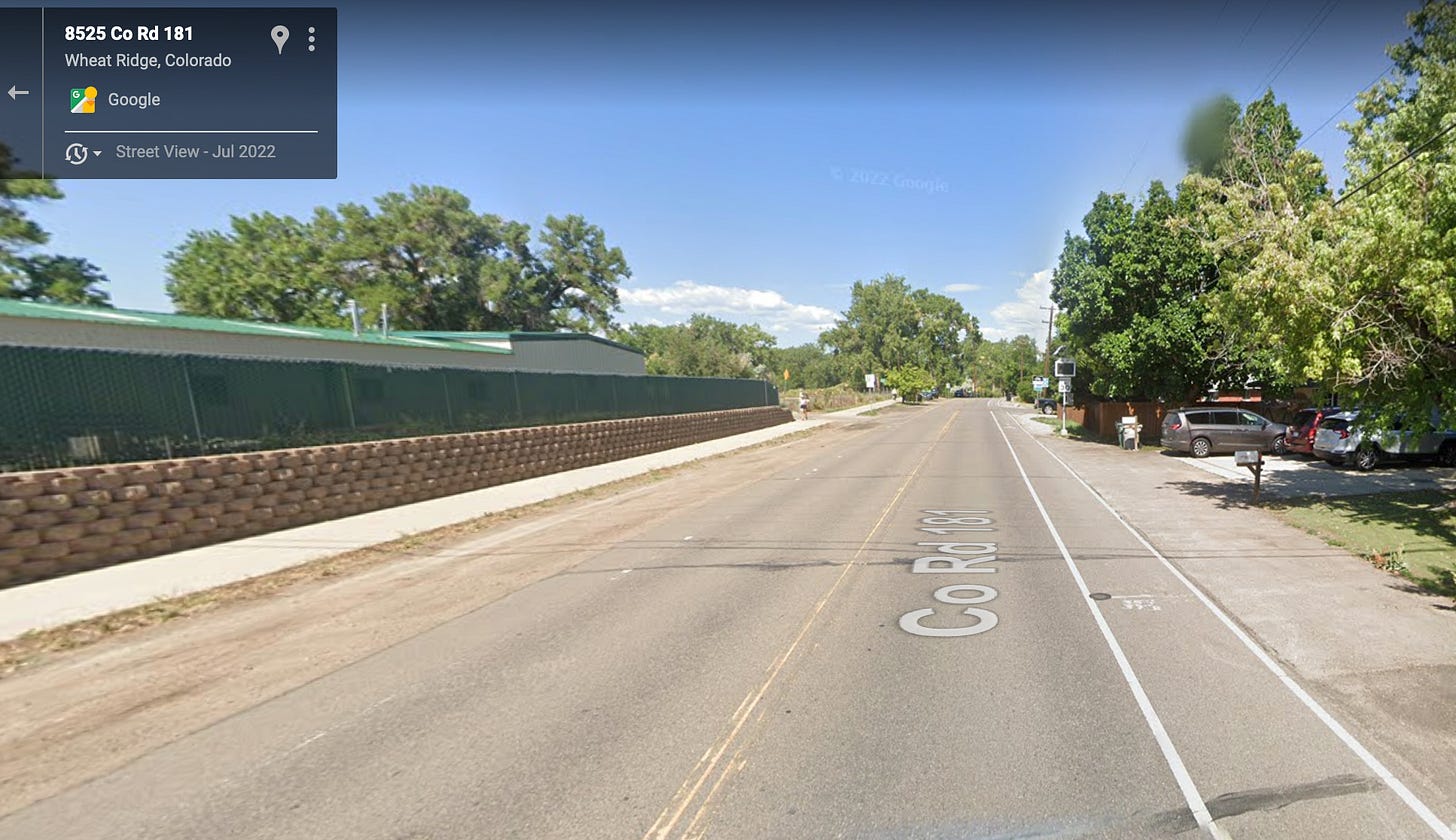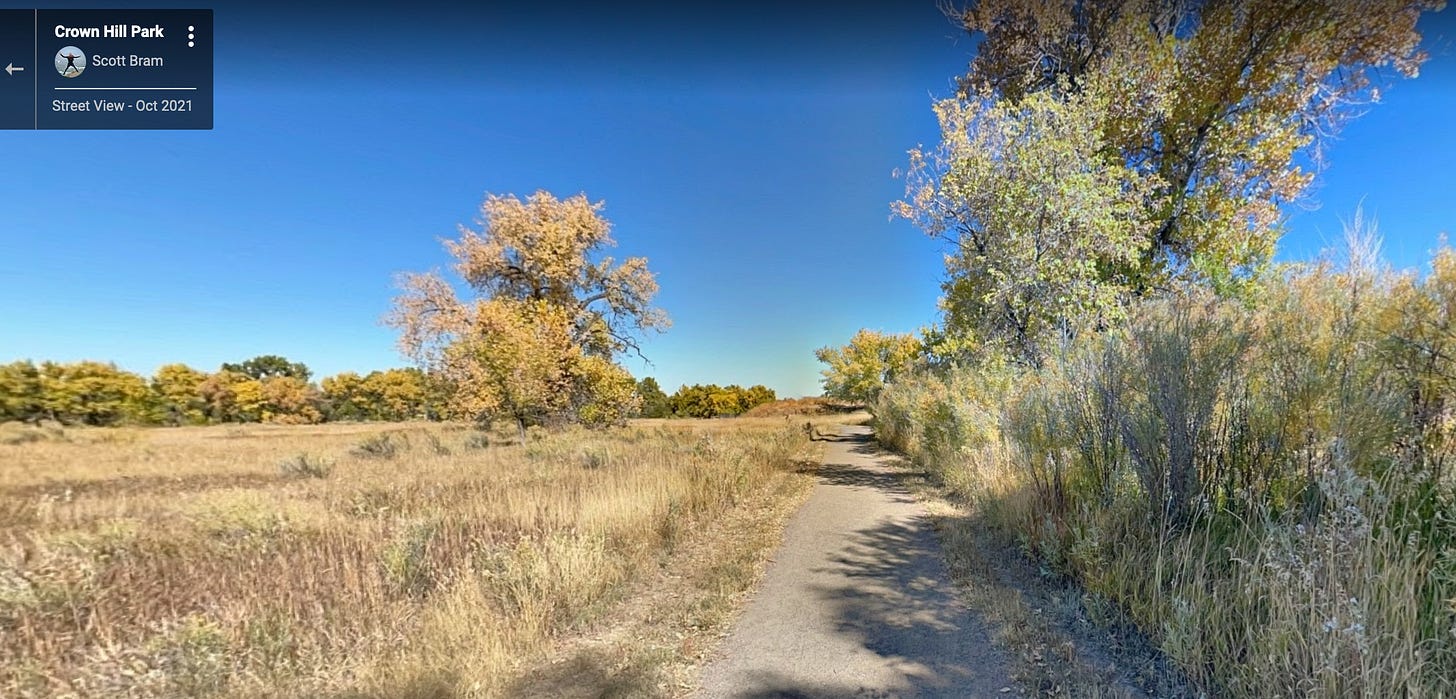Switching it Up
Riding
If you go to my Twitter profile, you’ll see that I proudly describe myself as a “fan of 2 wheeled” machines, which is true. I even have a tattoo of a bicycle on my forearm to prove it!
So why did I decide to not only start running but to also start writing about it?
The answer starts with recognizing that I wanted to set some goals for myself and running is surprisingly more straightforward to do that with than cycling.
Strava
Any fitness hobby enthusiast will likely use a GPS powered tracking app for their activities. There’s a few out there, like Apple Fitness and Garmin Connect, but my preferred app is Strava. For those that are unfamiliar with Strava, it’s an app that allows you to:
Record various types of fitness activity (e.g., running, cycling, swimming, rowing, skiing, etc.)
Track your location while you’re doing these activites
Creates leaderboards of times of people that have done these activities
Integrates with many 3rd party fitness wearables and devices that can show you more data about your activity (a common wearable is a heart rate monitor)
Your activites, with all of this information and more, end up looking like this in Strava:
This particular activity was a run, which ends up showing my mile splits, but there are various views of runs and other activities that you can configure in your profile once you start making more and more activities.
Cyclists (the term I use to differentiate those that ride a bike for sport and speed) utilize Strava for things called “Segments” in the app. Segments are sections of the map that have been designated by Strava users for timing. They can really be anywhere. Parks, trails, sidewalks, bike paths, roads, pretty much anything that can be ridden can be made into or part of a Segment. Here’s a “famous” cycling Segment that’s near me in Denver, True Pillars to Post Lookout Mtn:
This particular Segment is well known because it’s a mountain climb that’s easily drivable or rideable from much of the Denver area. It’s also on a good road that lends itself well to riding, that is, without too much risk of interference from cars. On this Segment, and every other Segment on Strava, you’re able to see a leaderboard of other athletes that have completed the Segment if you’re a paying Strava user:
True Pillars to Post Lookout Mtn, like so many other Segments in Denver, is KOM’d by someone who is basically an amateur or full professional. Drake Deuel literally goes all around the country trying to KOM (i.e., get the leading time) Segments and films them on his Youtube channel.
I spent much of 2021 and the first 7 months of 2022 riding a ton (2,000 miles in 7 months in 2022) and was able to start getting top 10% or higher on some of the more ridden Segments in Denver. However, getting a KOM on a popular Segment is almost impossible here given the level of cyclist that either lives or trains here.
Strava Segments are just one challenge that you can set for yourself as a cyclist. The other common ones are races and power goals.
Cycling Races
Races with cycling are honestly a bit of a mixed bag. They are much harder to find than road running races as it’s harder to shut down the amount of road that would be necessary for a cycling race as compared to a running race. Alternatives to a road cycling race are commonly cyclocross or crit races. However, these can still be hard to find. In addition to their relative scarcity, cycling races (especially cyclocross and even more especially crit races) carry a risk of somewhat serious injury in the event of a crash. I have personally known a few people that have broken bones doing one of these races.
I haven’t even mentioned the category system that you have to join when you do any cycling race that’s sponsored by USA Cycling. Read the link to know more about it, but the gist is that if you’re getting into racing bikes, you’re gonna have to do it a lot to get to the top. It’s a process.
Power Goals
You may recall the term “watt” from your high school physics class. Did you know that it’s one of the most used concepts by cyclists for training?
Watts are a unit of measure for energy transfer. Higher values indicate more energy transfer and vice versa. In cycling, and general human activity, it’s possible to measure your power output in watts over the course of a ride. The wattage measurement normalized by body weight is nifty because gives a standardized method for comparing efforts and fitness of cyclists regardless of where they’re riding.
So, another goal that some cyclists have if they don’t want to race or chase KOMs is to try and maximize their wattage numbers. A reasonable goal.
What’s unreasonable about this goal, at least for me, is that reliable power numbers are only obtained with specialized “power meters” that must be purchased and added onto your bike. A good power meter can easily cost $600 or more. In a sport where the cost of equipment can rapidly add up, I didn’t see the value in buying a device to measure my power against other people without actually racing them.
Running
When I did my first few runs this Spring and Summer, I remembered the simplicity of the sport that had attracted me to it when I was younger. Here is a picture of all that I need to wear (aside from the watch on my wrist) to go for a run:
No spare tubes, CO2 canisters, tire levers, helmet, glasses, and other items. It’s just my shoes basically. This simplicity has intrinsic value. There’s no risk of mechanical failure leaving you stranded many miles from home. And because you’re running, if you do end up having a complete bonk you’re probably not too far from home to begin with.
On top of the simplicity, there’s a pretty big difference to where you’re actually doing your running as compared to your cycling. You’re usually able to find dedicated running paths to run. If you can’t, you can always just run on the sidewalk.
Cycling, on the other hand, is usually done on the road where you’re actively “sharing” space with cars. I put “sharing” in quotes because usually it’s closer to fighting for space with cars rather than sharing it with them. You can definitely avoid this by biking on dedicated bike paths or by riding on mountain bike trails. But when you do that you limit the options of where you can ride, and honestly, it is fun to do road cycling where you can truly open it up.
The drawback of choosing to do road riding in Denver is that the streets here tend to have high speed limits and are filled with tons of large cars. Here's a good example of a street that I’ve ridden to get to the True Pillars to Post Lookout Mtn Segment that I mentioned earlier:
This is looking west on 32nd street going towards Golden, and the speed limit here is 30 mph. That may not seem fast in a car, but 30 mph is well above the average speed that I or most other cyclists travel - somewhere in the neighborhood of 18-24 mph. The next thing to call out from this street view is that the bike lane is just lines on the road. Paint doesn’t do anything to protect you when you’re riding. You know how lots of people are on their phones when driving these days? Small deviations from the car lane that result from distracted driving can literally be life or death to someone that’s in one of these bike lanes. You, as a cyclist, can be the unfortunate victim of someone trying to change their playlist on Spotify.
I haven’t had really any close calls in Denver while riding to be clear. However, as I rode more and more miles I realized that the potential risk while riding on the road was maybe not worth the reward.
With running, I don’t have this worry. This is an example street view of where I play right now:
Goals
The other big reason that I’ve switched over to running is that it’s much more straightfoward to set and work towards goals in the sport. Running has set distances. Mile. 5K. Half marathon. Marathon. All of them are measured by how fast you can run them. It’s remarkably simple.
There’s also much smaller barriers to entry to running these distances. You can find a 5K race in almost every decently sized town in this country when the weather permits it. Just pay the entry fee and you’re racing. No categories or fancy gear required. Go out and race.
If you don’t care for paying an entry fee, then you’re also able to time yourself on a course that you make yourself or at a public running track.
I really liked the relative abundance of competition in running compared to cycling. Instead of thinking about what goals I could set for myself on the bike, I could pick and choose from a straightforward set of options on my feet.
Going Forward
My riding days are definitely not behind me, but for now I’m trying to set some good times while I slowly age out of my youthful speed and body. We’ll see how it goes.

